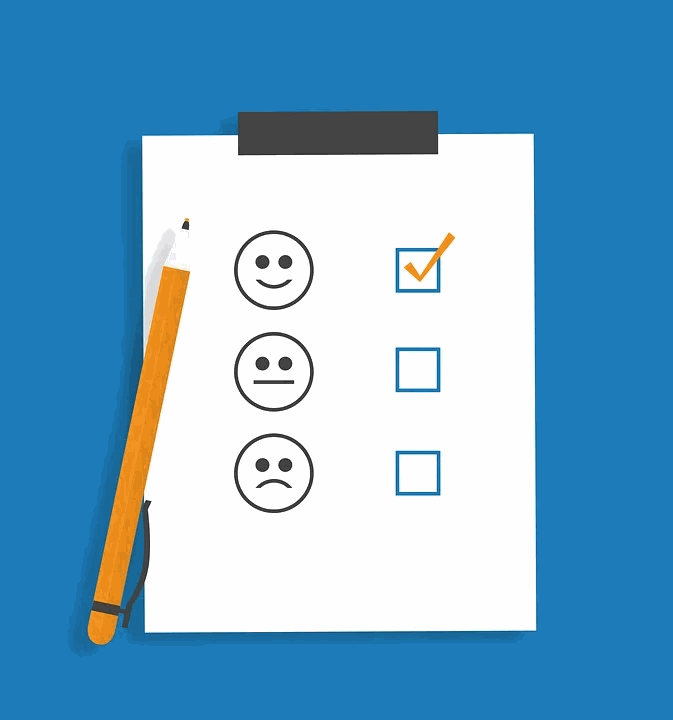
Once a robust procurement strategy and processes are in place, ensuring they continue to meet your ongoing objectives is crucial. In addition to keeping staff up to date with new developments through training and developing their knowledge, the delivery of the strategy needs to be monitored and evaluated to ensure that it is being successfully implemented, and that its objectives including delivering value for money are achieved.
Build knowledge and develop skills
Effective procurement management requires constant knowledge development through training and learning best practice in areas such as negotiation, legal aspects of purchasing, ethics, e-sourcing, project purchasing, tools and techniques.
This makes the procurement process sustainable and continuous, enabling colleges to constantly make greater efficiencies and savings that benefit all parties over the long term.
Crescent Learning provides training courses relevant to college employees.
Monitor and evaluate progress
Implementing a new procurement infrastructure is likely to be challenging. Progress and targets should be monitored, with the college frequently asking:
- How extensively are procurement cards being used?
- Are consortia contracts being used when they should be, for example for library books, insurance, and hair and beauty products?
- Are the college’s preferred suppliers being used extensively?
- Is significant expenditure being committed without the procurement board’s knowledge and support?
Review efficiencies and value for money
In order to increase negotiating leverage, transaction costs and value for money need to be measured and monitored on a regular basis.
The Efficiency Measurement Model was developed in 2010 to help public sector organisations understand, quantify, record and report efficiency savings. Whilst the EMM is no longer used to report efficiency savings, the methodology contained within the model is still relevant and provides advice on how to measure efficiencies, which are classified into five types:
- Price reduction.
- Added value.
- Risk reduction.
- Process re-engineering.
- Sustainability.
Manage suppliers
To help manage supplier performance, reduce costs and improve efficiency you should work towards developing approved supplier lists. Approved supplier lists are a more formal way of working with suppliers where they are assessed using a questionnaire. This is typically a standard form completed by the supplier to ensure fair, open treatment and aid consistent evaluation. Information included in a questionnaire are company details, insurance cover, policy and procedures, summary of goods and/or services and pricing.
The period of time you work with a particular supplier will depend on the outcomes from your information gathering and spend review; normally it is between one and three years. It is critical to manage the suppliers over this period to ensure you are taking advantage of their specialist knowledge and market developments, as well as working together to minimise costs and improve service.
Compare supplier performances using internal data and benchmarking information from other colleges and organisations, and use this information to inform further procurement and collaboration opportunities.
Suppliers include consortia and organisations with framework agreements.They should be tested every now and again to ensure they continue to deliver value for money.
Step 5 Action Points
- Have the necessary competencies for procurement staff been identified?
- Are procurement staff aware of the training available from Crescent Learning?
- Find out what your regional procurement network offers in terms of training and knowledge sharing.
- Measure the overall value for money the college is achieving from procurement. Record improvements and report them internally and externally.
- Gather data on supplier performance.
- Compare supplier performance using data from internal audits and benchmarking information from other colleges and organisations of a similar size.
